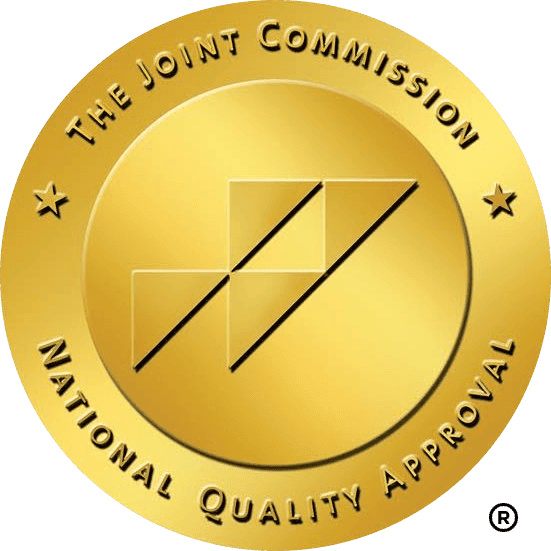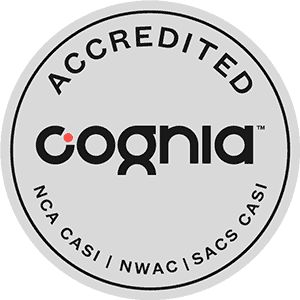Drug overdose deaths in the United States have spiked to record highs in recent years, primarily due to the increased use of fentanyl, a synthetic opioid approximately 100 times more potent than morphine and 50 times more potent than heroin.
The rate of deaths from fentanyl drug overdoses increased by nearly a quarter in 2021 compared to the year before, according to the CDC’s National Center for Health Statistics, compounding a sharp 55 percent increase from 2019.
It’s now increasingly also killing children and teens in the United States.
“There were about 1,550 pediatric deaths from fentanyl in 2021—over 30 times more than in 2013 when the wave of overdose deaths involving synthetic opioids started in the US,” CNN’s Deidre McPhillips reported on May 8. “A surge that began in 2018 led to a nearly three-fold increase in deaths among older adolescents and a nearly six-fold increase among children younger than five. In 2021, 40 infants and 93 children ages one to four died from a fentanyl overdose.”
Fentanyl is frequently added to counterfeit prescription drugs, or entirely replacing the drug a teenage user expected to buy.
“That’s primarily the story of what’s happening among teenagers,” reported Aimee Cunningham for Science News, quoting pediatrician Sarah Bagley of the Boston University Chobanian & Avedisian School of Medicine. They intend to purchase and use one kind of drug or substance but unknowingly ingest fentanyl. “People are not anticipating that they are going to be exposed to fentanyl, and then they are, and that results in an overdose.”
Signs that a person is experiencing an opioid overdose include falling asleep, losing consciousness, gurgling or choking sounds, and weak or no breathing. Naloxone (Narcan), a medication that can reverse an opioid overdose, was approved for over-the-counter sales in March by the Food and Drug Administration and is expected to be available at a variety of stores in a few months.
Many of the fentanyl deaths among children and teens occur at home and the vast majority appear to be accidents. “For smaller kids, kids who are mobile, they could be taking a drug that’s off the floor,” epidemiologist Julie Gaither of the Yale School of Medicine told Science News. There needs to be more education so that parents understand how lethal fentanyl is and that drugs “need to be kept out of proximity to a child.”
In an op-ed for the Washington Post, Leana Wen described the overdose death of a 19-year-old college freshman who “decided to take a Percocet, a painkiller, that he had bought through the social media app Snapchat. He didn’t know it was a fake Percocet made to look like the real thing—or that it was laced with fentanyl…[he] dozed off in his dorm room and never woke up.”
According to his mother, the boy grew up in an “average” family with a “good moral compass.” In high school, he became involved with kids using drugs. He also struggled with depression and anxiety. His mother, a licensed clinical therapist, worked hard to find treatment for him. “He was improving in an out-of-state program, but when he returned, he started hanging out with the same friends again,” Wen wrote in the op-ed.
Unfortunately, many residential treatment centers are not set up for long-term care, focusing on 30–90-day treatment periods instead. This may be adequate to stabilize a teen in crisis but it is not enough time to facilitate lasting change.
Turning Winds offers a hybrid residential treatment program for teens by filling in the gaps left by other treatment options. In our experience, sufficient time is a must for the growth and change required for today’s youth and it usually takes two or three months for teens to buy into the process and open up with the treatment team.
In 2021, nearly a quarter of high school students drank alcohol during the past 30 days, according to recent CDC data. Sixteen percent of high school students used marijuana during the past 30 days that year. Many teenagers require treatment to avoid falling into a trap of progressively escalating substance misuse leading to full-blown addiction and other serious health problems. The negative impact of substance misuse on scholastic achievements will possibly further accelerate the use of drugs and alcohol.
Healing from a substance use disorder or other addictions often involves acknowledging the reasons behind the pathological behavior instead of suppressing painful emotions and denying the attempts to self-medicate them.
Any mild to moderate addiction that a child may have can be treated at our residential program—including video game addictions, computer addictions, pornography, drug and alcohol addictions, cutting, and sexual addictions. Teenage clients with these kinds of addictive behaviors have been able to improve in our care.
“Turning Winds is a place for growth because you realize that you are not alone,” says Tara Stever, LAC, drug and addiction counselor at Turning Winds. “Every single human being on the face of this earth has strengths and flaws. We all have defects. It’s important to understand that and recognize that it’s okay to have them, and say ‘I will use my strengths to build on my weaknesses.’”
Our mission is to rescue teens from crisis situations, renew their belief in their own potential, reunite them with their families, and launch them on a sustainable path to success. If your teen is struggling with mental health or substance use issues, speak with our admissions specialists today at (800) 845-1380 or email us at [email protected].









